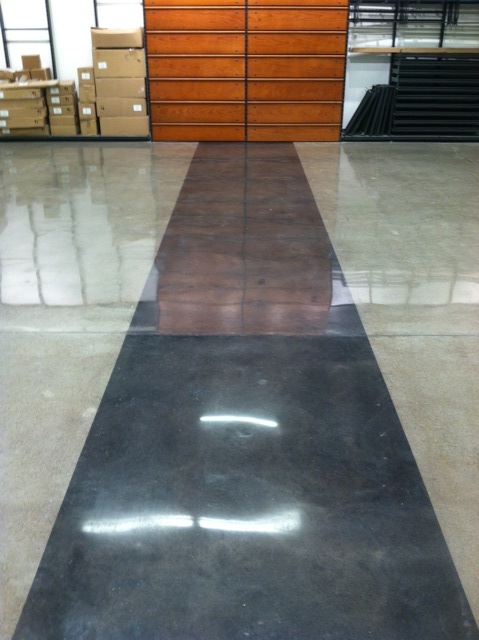 |
 |
Polishing concrete on a tropical island may sound like a dream job, but there are some challenges to working in this environment. Brian Chafins is a project foreman at Preferred Global, where he maintains production levels on flooring projects and manages job installs.
Chafins was managing an overlay and polish project for a large remodel of an existing Nike store in San Juan, Puerto Rico. The job commenced in September 2013, at a time of year when the weather is still very hot and humid.
 |
 |
The store’s concrete sales floor required an overlayment topping to 9,000-square-feet. “In Puerto Rico the concrete is soft, porous and it likes to crumble,” Chafin says.” The TGA Overlayment from L&M provided a surface to polish and looks like a brand new slab.
 |
 |
Concrete in tropical environments provides several challenges. According to Chafins, tropical concrete is naturally lighter than in the state. Seashells are also used as an aggregate, which creates a more brittle concrete with a lower PSI strength. Seashells are not as solid as stone aggregate, so the resulting concrete is more porous. Because of this, more densifier is needed to counteract the porosity. Densifier is applied earlier in the polishing stages as well, making it harder to achieve the high gloss. “If dye is applied, it needs to be applied later in the polish stage to achieve a desired dark hue,” says Chafins. “Also, in tropical areas, the ground has more movement and shifting, which makes the concrete more likely to crack. I’ve been polishing concrete for 13 years and this is the toughest environment I’ve experienced.” Chafins began polishing concrete at the age of 22. He says he got into the business right when the polishing trend came over to the United States from Sweden.
Despite these challenges, the Nike San Juan floor turned out beautifully. Chafins says the final floor is so shiny it looks like it’s wet. “It’s polished up to a 1500 grit and the overall gloss on it is probably a 65 on the gloss meter which is really nice.”
 |
 |
















